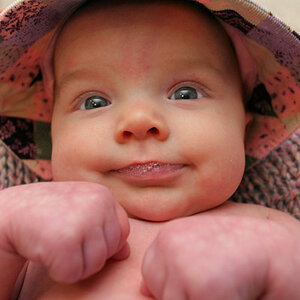BuS_RiDeR
No longer a newbie, moving up!
- Joined
- Oct 29, 2009
- Messages
- 2,355
- Reaction score
- 83
- Location
- Riverview, New Brunswick, Canada.
- Website
- mdlphotography.blogspot.com
- Can others edit my Photos
- Photos OK to edit
I feel as though I should know this, but I am having trouble wrapping my brain around it...
I currently have a basic studio setup with two 400ws monolights (sync speed is1/250th). Unfortunately, I can't afford a proper light meter ATM.
What I want to know is: what is the easiest/best way to meter/select the proper aperture setting without spending a lot of time with trial and error... or is trial and error the only way?
I currently have a basic studio setup with two 400ws monolights (sync speed is1/250th). Unfortunately, I can't afford a proper light meter ATM.
What I want to know is: what is the easiest/best way to meter/select the proper aperture setting without spending a lot of time with trial and error... or is trial and error the only way?


![[No title]](/data/xfmg/thumbnail/38/38293-15e3a85f038b239e3c60bf9f38f5d56c.jpg?1619738563)
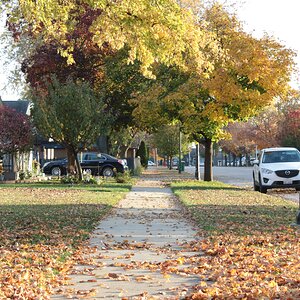
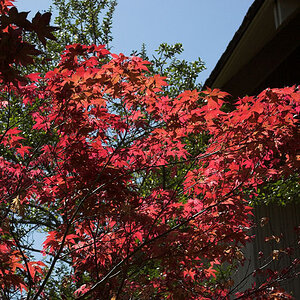

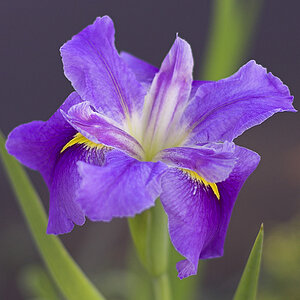
![[No title]](/data/xfmg/thumbnail/38/38294-cb4a5aa0ded725d4c694e6eebe276f0d.jpg?1619738564)
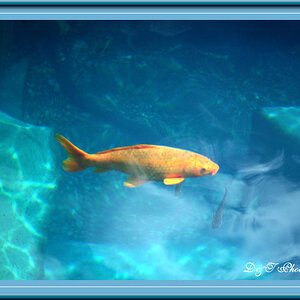
![[No title]](/data/xfmg/thumbnail/31/31012-f5e0c7cdea2f2c3e44737e3f61c2461a.jpg?1619734567)


